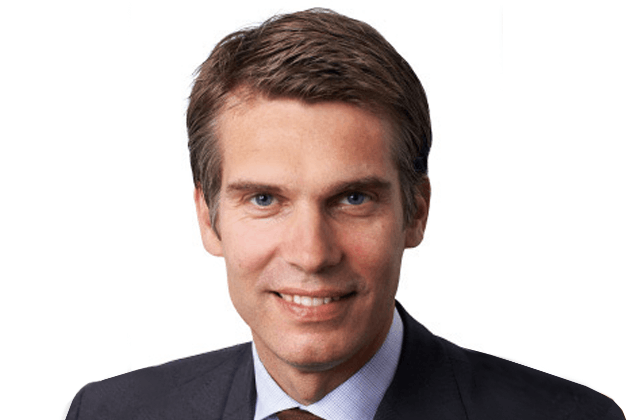The previous two slowdowns turned out to be mere soft patches, which ended when the policy mix became more accommodative. In 2012 this involved a substantial reduction in the stance of fiscal austerity in combination with monetary boosts in the US and Japan. In 2016 we saw a strong dovish pivot by the Fed, which lowered dollar funding costs and gave highly indebted EM countries more breathing pace. This was topped up by further easing by the ECB and BoJ, which helped to drive down interest rates further.
The key to ending the current slowdown once again probably also lies in the hands of policymakers. Unfortunately, this time around “policymakers” do not predominantly comprise central bankers and fiscal policymakers. The core of the problem currently resides in political risks that stem from challenges to the prevailing rules-based framework within which the real economy and markets operate. These challenges create substantial fundamental uncertainty about the mutual rules of engagement, which makes everyone more cautious. Much of this (China/US trade, Brexit, and so on) is still just a risk rather than a harsh reality, which is why declines in private sector confidence and decreasing risk appetite in financial markets have so far been the main channels through which these challenges have affected markets.
All this is not to say that central bank actions are not important. The Fed’s dovish pivot clearly proves otherwise.
Furthermore, the global economy is getting more support from fiscal policy, most notably in China but also in Europe. Despite the slow fading of the US fiscal boost, this is set to produce the most stimulative global fiscal pulse for the global business cycle since 2010.
Despite all this, it is very hard to imagine a revival of global growth without a corresponding reduction in political risks. Fortunately, the news on this front has been improving over the past few weeks. President Trump has postponed the 1 March deadline for the imposition of additional tariffs on Chinese goods to allow more time for negotiations and has even declared he expects a “signing summit” with Xi. Also, the risk of a no-deal Brexit has diminished now that backbenchers have increased their power to vote for a delay, which could even force Prime Minister May to adopt this strategy herself.
All this is not to say that political risks will be completely resolved. The devil of a deal between China and the US will be in the details and the underlying issue of competition for the position of global hegemon will remain for a long time. Also, it remains to be seen to what extent Trump will start to focus on the auto sector once the trade can with China has been kicked down the road. The prospect of a Brexit delay opens up the possibility of either a new referendum or a general election, which could very well increase uncertainty again at some point in the future. And then of course there are the “unknown unknown” sources of political risk that could pop up.
If the political risks diminish sufficiently to allow for a growth reacceleration, as we assume in our base case, the next question facing investors is how vigorous this pick-up will be.
On the other hand, the situation does have some important similarities with 2015/16, which suggests we can use this as a template. So far labour markets have remained resilient, which in combination with lower oil prices serves as an important pillar of support for consumer spending. The deep driver here is that corporates have been able to build a substantial profit buffer over the past three years; as a result, they can weather a demand soft patch as long as they expect it to be temporary. This also suggests that capex momentum and in its slipstream global industrial production and trade are likely to recover if the drag from politics fades. This is exactly what happened in 2016. Of course, back then there was still more slack in the global economy than today. Nevertheless, the constraints imposed by the reduction of the output gap may be less severe than believed a few months ago. For one thing, investment-to-GDP ratios are still at historically low levels, and if they increase they will actually contribute to an expansion of supply-side growth. What’s more, muted inflation and inflation expectations have allowed many central banks to become structurally more dovish.
To summarize what we have seen over the past six months: risk premiums became entangled in a tug of war between increasing political risks on the one hand, and increased willingness by fiscal and monetary policymakers to come to the rescue on the other. There is a danger that this tug of war has inflicted some structural damage to the underlying real economy. However, so far, the evidence still suggests that much of this damage could be undone if the political risks diminish in the near future. Of course, the latter are much more fickle and difficult to grasp than the garden variety policy or real shocks investors usually grapple with. Despite that, positive news on the political uncertainty front and some tentative stabilization in the data offer sufficient reason to cautiously become more risk-seeking in our portfolios.
Follow us on



